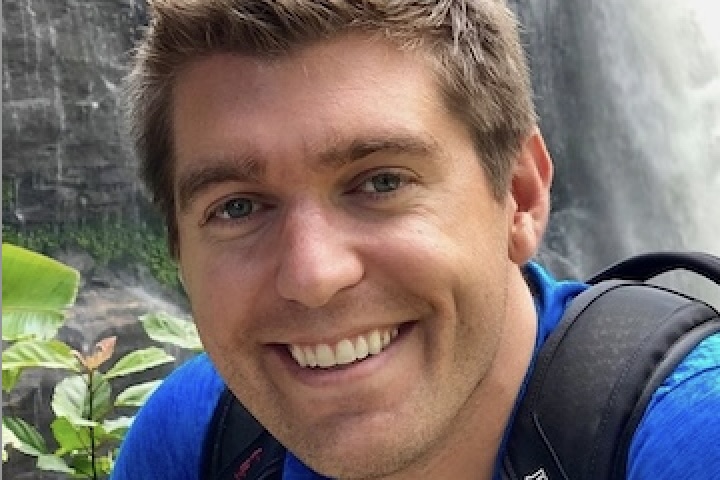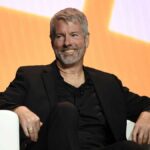Bill D’Alessandro has been running e-commerce businesses for 14 years. Natural Dog Company, an omnichannel seller of dog health products, is his eighth brand. “My specialty is entrepreneurship by acquisition,” he says. “I buy small brands, grow them, improve them, and eventually sell them.”
Along the way, he learned lessons like focus, industry choice, and product pricing.
He and I recently spoke about those experiences and more. The full audio of our conversation is embedded below. The transcript has been edited for length and clarity.
Eric Bandholz: Tell our listeners what you do.
Bill D’Alessandro: I’m the CEO of The Natural Dog Company. We sell dog supplements, fish oils, and topicals on Amazon, our own website, and in about 6,000 retail stores. I’ve been in e-commerce for 14 years. This is my eighth brand. My specialty is acquisition entrepreneurship – buying small brands, growing them, improving them, and eventually selling them. I’ve done this seven times now, and The Natural Dog Company is the one I’m currently working on.
At the top, I owned eight brands at one timeWe had 62 people in-house, but it wasn’t enough. Owners who own one brand often toy with the idea of acquiring another brand. They might own all the employees, the third-party fulfillment provider, all the infrastructure. This seems like a no-brainer. But they underestimate how scattered it is. You go from two to three to eight, and before you know it, it’s all surface level and you can’t dig deep.
E-commerce is hard in 2024. Data and Keyword intensiveRanking on Amazon is hard. It’s competitive. If you spend time on multiple brands, you will lose. 1 plus 1 does not equal 2. It is 1.5. It took me years to realize that.
Running one business is hard. Something goes catastrophically wrong at least once a year and you have to fix it. If you own eight businesses, something goes catastrophically wrong every six weeks. If you’re trying to be the CEO of all your businesses, you’re constantly putting out fires and reacting.
You need to appoint a very competent, well-paid management team. You can’t have eight CEOs. You need a CEO for each company. They’ll get paid $150,000, $200,000 a year, maybe more. You have to have a business large enough to cover that expense.
Bandholz: How do you choose the right industry?
D’Alessandro: It’s easy if you have a big business, but you need a bigger market. That’s what I realized. We had eight brands, seven of them were making 25% of our total revenue, one was making 75%.
In the real world, the 80-20 Pareto principle applies. Other brands were selling natural sunscreens, sports detergents, etc. I didn’t see the potential. But many people Keeping a dogThat market is growing, so I said, “If I’m going to spend my precious life here, I want to focus on the area with the most room for growth.”
There are factors beyond just your industry. I’ve had businesses with average order values of $14. That’s hard to do well; once you ship the product and pay Amazon fees, you have very little wiggle room. But if you’re in the $100, $200, $800 price range, it’s much easier. For me, the perfect price is $70 to $170; low enough to convince someone to buy right away, but high enough to cover shipping and fees. Customer Acquisition Cost.
Bandholz: We have achieved omnichannel by combining digital and face-to-face sales.
D’Alessandro: A few years ago, e-commerce It gets harderIn-person selling was getting a lot more interest. It’s not like when you sell on Amazon, you spend a week creating a listing and then you’re done.
Retailers and chains do line reviews once a year, probably in October, in preparation for shelf placement in April. If you wait until October, you’ll miss the review for a year, and you can’t expect to get approval on your first proposal.
Big retailers like Walmart want proof that it works. They only have a few feet of shelf space for their product line. Every inch of shelf space can generate millions of dollars in sales per year. The best way to convince them is to show them results from other retailers. We started in the most accessible place: independent pet stores.
We looked up Google Maps and started calling pet stores, saying, “We’re a natural dog food company. We’ll send you samples.”
We built an entire funnel that way: making calls, sending samples, following up, and we spent a few years refining it and ultimately sold a few thousand units. Independent locationIt was a lot of work. Once we had about 2,000, we started collecting data. We learned about average monthly sales, number of units sold, etc. Then we approached smaller chains.
Smaller chains typically don’t have as rigorous review cycles, so we negotiated with them individually. Then, using the data from our smaller stores, we approached larger regional chains with 300 or 400 stores. Then we approached national chains.
We’ve climbed the ladder, our products work and they sell, that’s how we do it.
Bandholz: Where can people go to learn more from you?
D’Alessandro: This site is Natural DogI host a twice-weekly podcast called “ Anonymous acquisitionThis is about buying and selling a business. My website is builderand my X is Building DA.





